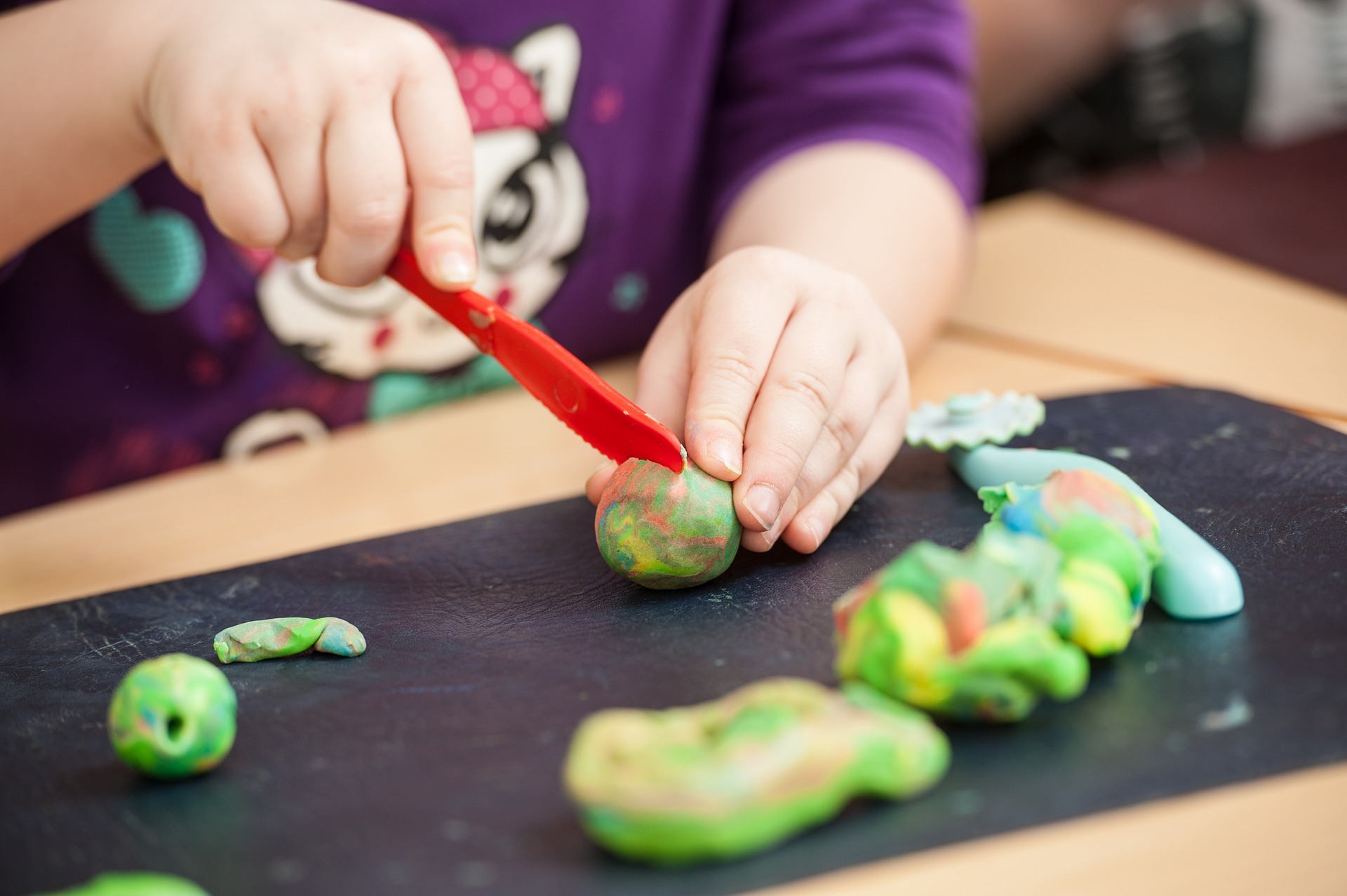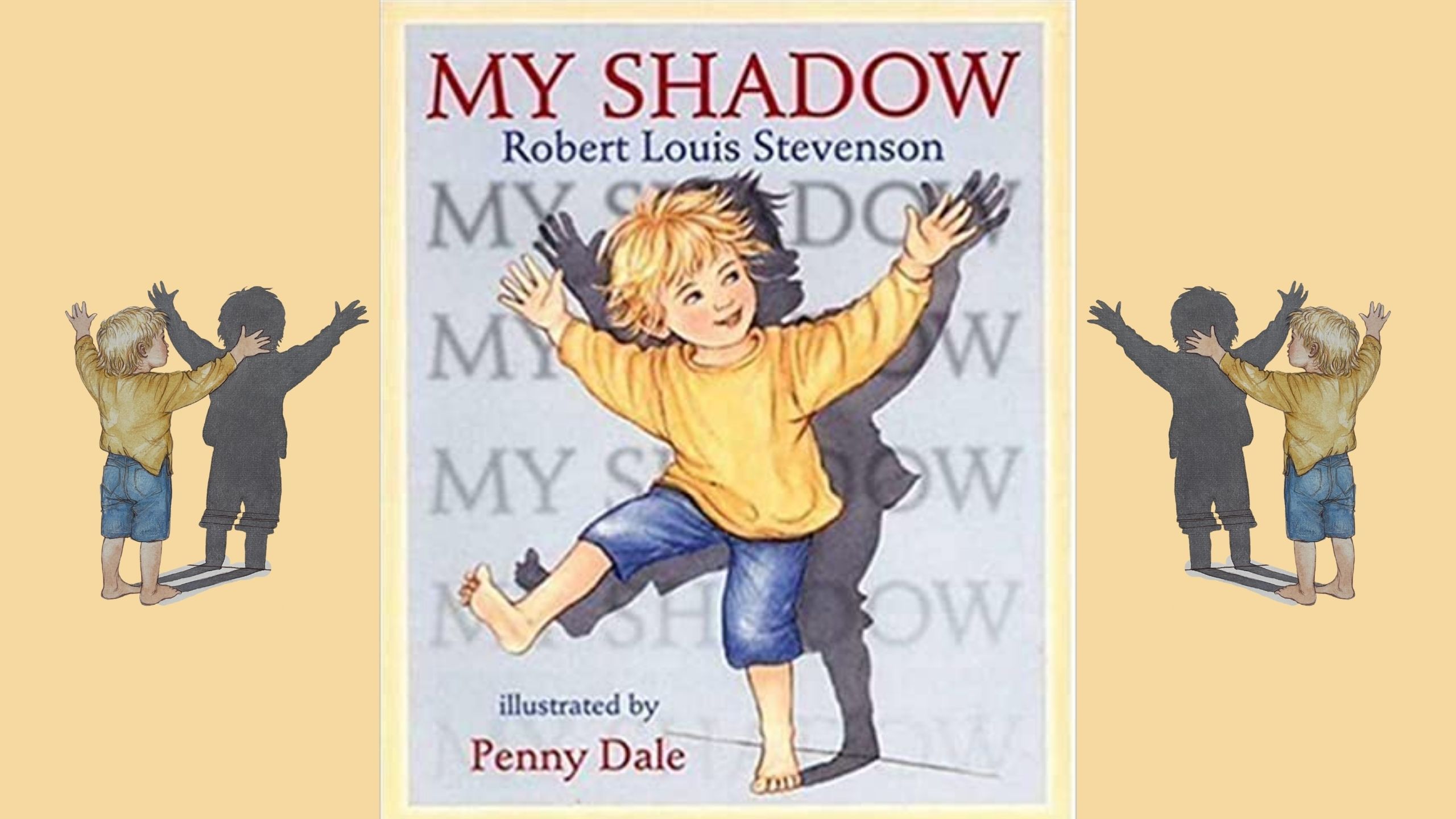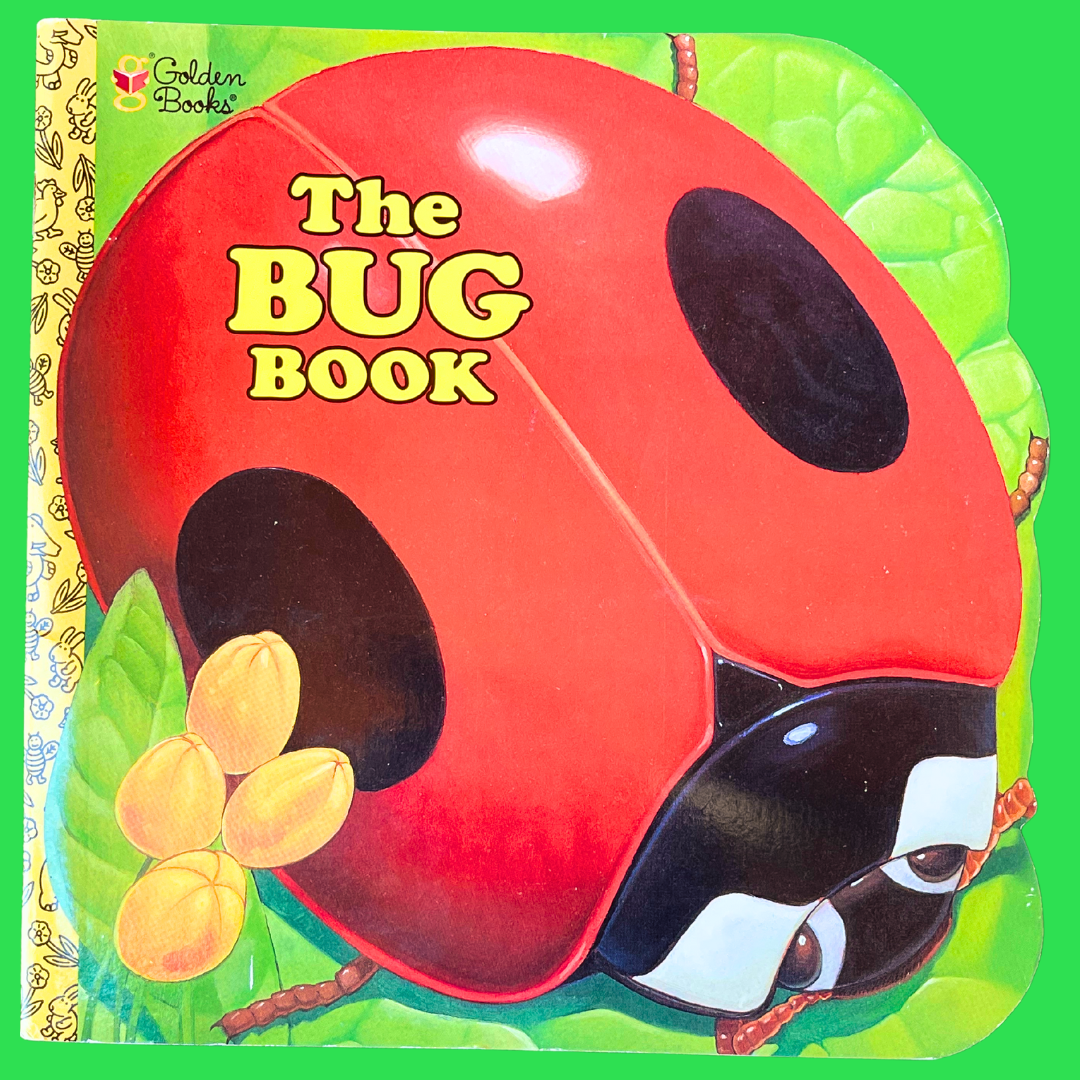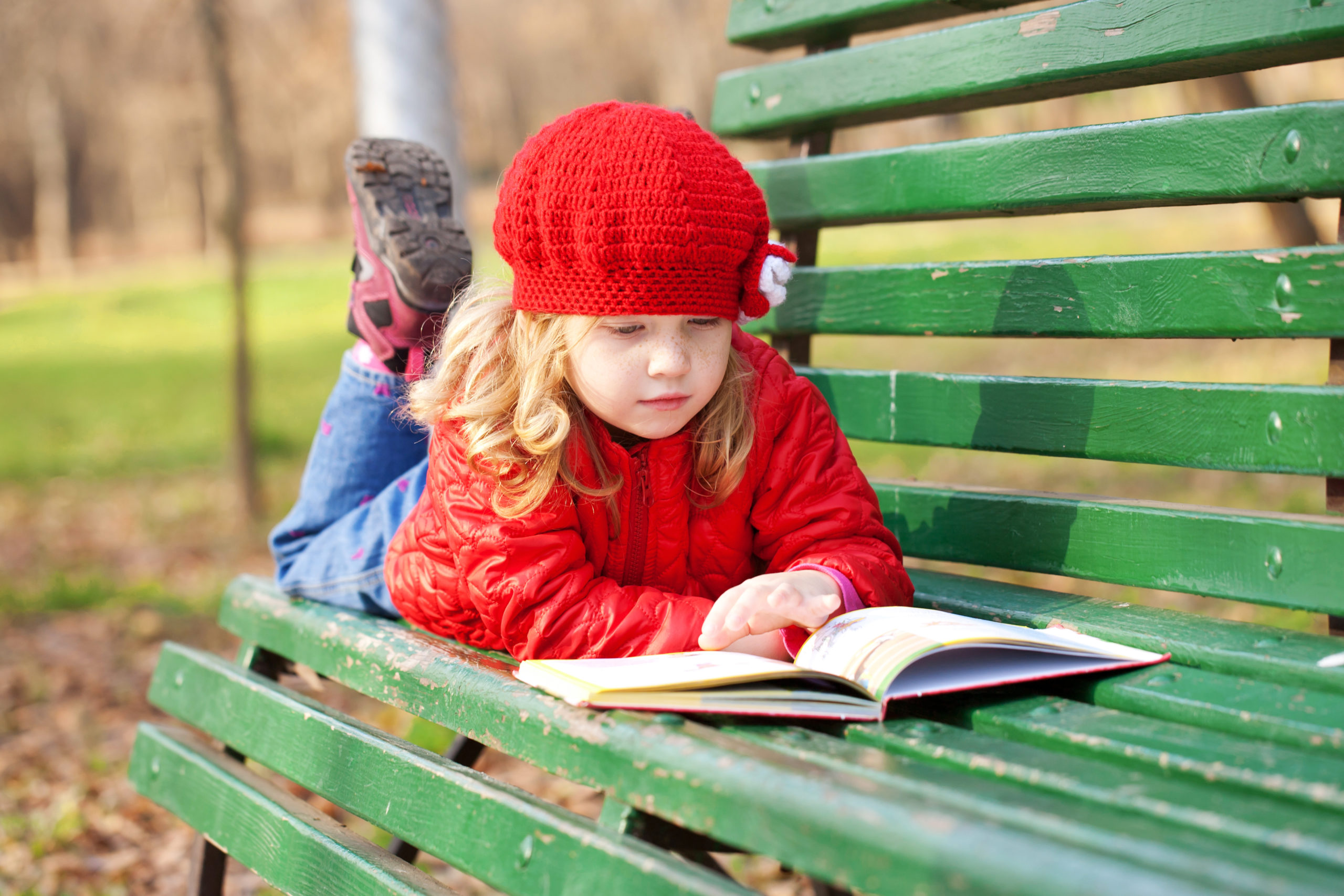The Jelly Bean Experiment
Science Experiment Plus FREE Resources Exploring “Jelly Beans”
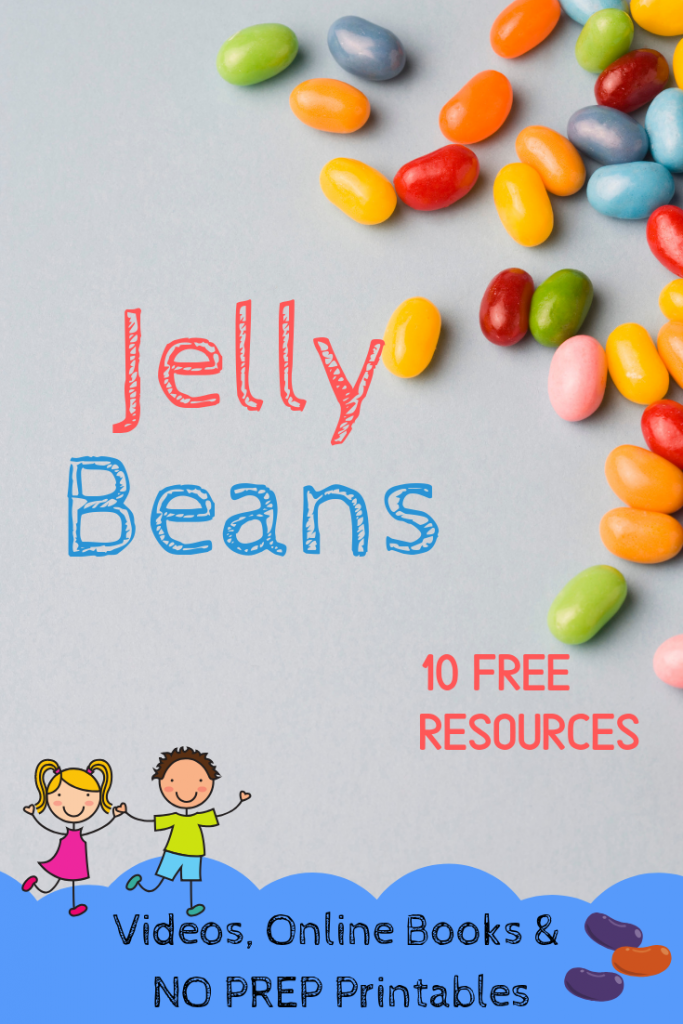
UPDATED: Jelly Beans can be explored anytime of the year. Here are some addional resources to include in your jelly bean science study. Enjoy!
Hands-On Science
This science experiment can be done anytime of the year. I was inspired by “Pete the Cat Big Easter Adventure” written by Kimberly and James Dean. While reading this book the reader learns a little about Pete’s favorite candy, at Easter anyway, the jelly bean. This experiment can piggyback off of our “Rainbow Seeds Science Experiment.”
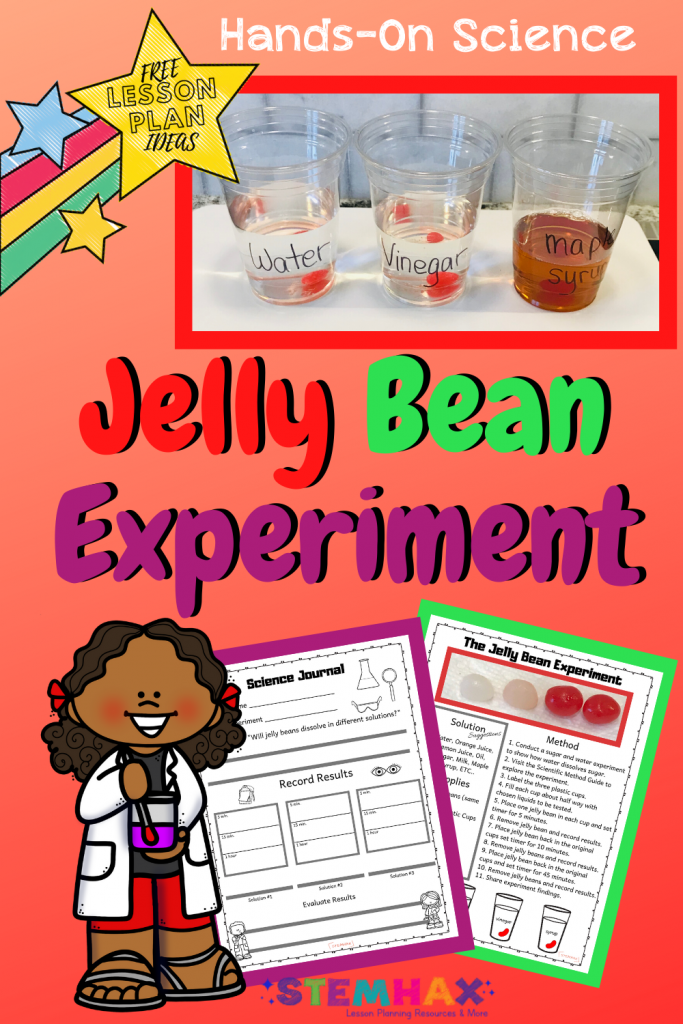
I put together a video of how I conducted the experiment. The video is very basic and only a couple of minutes long. I recommend watching it as it is really easy to conduct this experiment, to see the process and some likely results.

Educators Video of Experiment Results
All kids are at different levels of learning and curiosity. My goal with this blog is to help equip you with enough resources to be excited about sharing this with your child. On the surface this looks like a pretty boring experiment. However, their minds are like sponges and they will come away with more questions than when you began. Especially if you use maple syrup as one of your solutions to test. I say this because kids might want to do this experiment over and over, as they obtain more knowledge about the world around them.

Sugar and Water Mini-lesson #1
If you watched the video, you noticed that there is a quick water and sugar experiment. This is to show that sugar dissolves is water. Really young children might liken this to magic, they are just so adorable! All you need is some sugar, water, a spoon, and a glass. Dissolve and then use the scientific method to help guide children to conducting their own experiments.
NOTE: Sugar is colorless and this is why is completely disappears.
Sugar Dissolving
Check out this video for a Teach the Teacher refresher lesson before doing the experiment. I like to watch videos like this, as it is like when getting on an airplane and the flight attended goes over all the safety information. Same thing here, only with science!
The water and the sugar have a strong attraction to each others molecules. The water pulls on the sugar until the molecules are all shared evenly within the water; dissolved.
Kid friendly analogy — The water in the glass are hungry kids and the jelly beans are the sugar. Good manners is the polarity (measure of the electrical difference in the molecule — kind of like a magnetic force). All the jelly beans will be evenly distributed to the hungry kids; dissolved.
Jelly Bean Analogy Hands-on Mini-lesson #2
This is a hands on group activity to further reinforce the sugar molecules separating in the water. You will need a bag of jelly beans and a container (jar or bowl). We used the engineered candy dish we made in an engineering challenge. If you are a homeschool caregiver or teacher of older elementary children, you can adjust accordingly to their academic level.
Put the jelly beans in a jar in the middle of the table; this represents the sugar. Make a large circle using tape or construction paper, to mimic the shape of a glass. This represents a glass of water. Taking turns, have one students take a single jelly bean out and place it somewhere within the circle. As students take turns have them space them evenly as possible. If you are in a classroom with many students, you will need more jelly beans. Students will have fun. You can also add a little challenge and time the groups. What group can get the best time? This is can be done as a pre or post activity.

The Jelly Bean Experiment
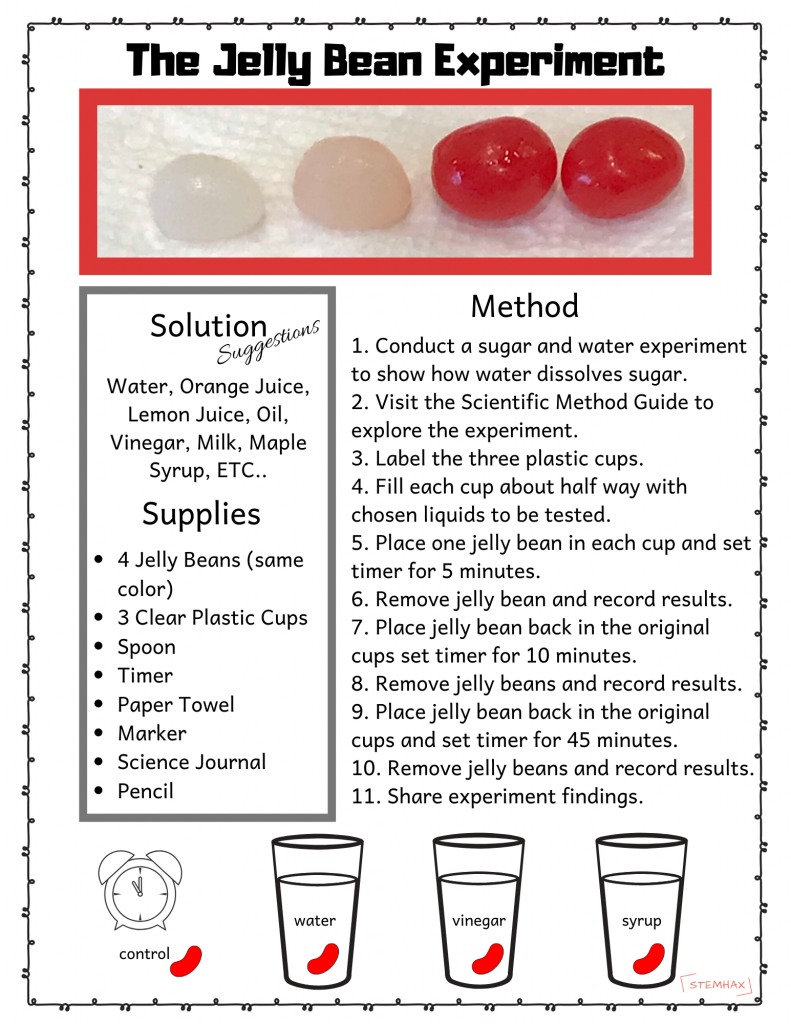
SUPPLIES:
- 4 Jelly Beans (same color)
- 3 Clear Plastic Cups
- Spoon
- Timer
- Paper Towels
- Marker
- Science Journal
- Pencil/Markers
- 3 Solutions to test
METHOD:
- Visit the Scientific Method Guide to explore the steps to the experiment.
- Label the three plastic cups (we used a Sharpie).
- Fill each cup about half way with chosen liquids to be tested.
- Place one jelly bean in each cup and set the timer for 5 minutes.
- Remove jelly bean and record results.
- Place jelly bean back in the original cups, and set the timer for an additional 10 minutes.
- When timer rings, remove jelly beans and record results on your science journal.
- Place the jelly beans back in the original cups and set the timer for 45 additional minutes.
- When the timer rings, remove jelly beans and record the results.
- Share experiment findings.
Solution Test Examples
We tested these three solutions with our jelly bean experiment. We had just visited a maple syrup sugar shack to extend the experiment (blog post can be found here), and this is why I used maple syrup. It is so perfect for this science experiment!

It is important for young learners to figure out what they want to test in the experiment. I recommend the water, because after the mini-lesson most kids will be able to predict the outcome of what will happen to the jelly bean. I really like the maple syrup because there is so much sugar already present in maple syrup, that the jelly bean doesn’t really dissolve. This is important for two reasons. First, it shows the child that not all liquids are the same. And second, it should help them to become more curious and appreciate the field of science.
Bonus: Here is a graphic of how much sap it takes to make maple syrup.

EXTEND: As water evaporates it becomes a gas and part of the water cycle. Have kids use the sugar water from mini-lesson #1 to test evaporation of sugar and water. They can test to see what will happen to the sugar. Sugar is like salt and the molecules of sugar will remain in the dish.

Books and Jelly Beans
Books are such an important part of any lesson. I always start my lessons reading aloud to the children. Here are three books that you can use to start a jelly bean study. “Pete the Cat and the Big Easter Adventure”, “Arthur’s Jelly Beans” and “The Magnificent Jelly Bean Tree.”
Pete the Cat Big Easter Adventure
“Pete the Cat Big Easter Adventure” is perfect if you are doing the jelly bean science experiment around Easter. After all. jelly beans are Pete the Cat’s favorite candy.
Arthur’s Jelly Beans
This book is sweet and also shares a lesson about sharing. Kids love Arthur and his stories. This can be read around Spring or anytime of year. The book itself gives a wonderful idea for a jelly bean scavenger hunt. Young learners can find jelly beans and then use them for some math games (see free resources below).
The Magnificent Jelly Bean Tree
The Magnificent Jelly Bean Tree is super cute. A little boy with his imagination and fantasy of growing a jelly bean tree. This book is also good for anytime of the year.
Videos and Jelly Beans
The first few videos are specific to jelly beans and the last three videos pair well with the free printable worksheets below.
Here is How Jelly Beans are Made
Inside Edition took a tour of the Jelly Belly factory to see how jelly beans are made. This is a short clip kids will like seeing the jelly beans bounce.
Artist Transforms Jelly Beans Into Art
Harry Potter Art? This is a short clip about an artist who makes portraits out of Jelly Belly jelly beans. The clip first aired on CBS Sunday Morning. The artist uses a harsh adhesive that is not water based. Most school glue is water based and if you do the science experiment outlined in this post, you can summarize that the jelly beans would make a mess if you tried to make mosaics with jelly beans and Elmer’s Glue.
In Your Arms – Kina Grannis (Official Music Video) Stop Motion Animation
Art comes from all kinds of imagination. This music video by Kim Grannis used 288,000 jelly belly beans to make her music video. Can you imagine the patience the team must have had to produce this video? Wow!
Additional FREE Resources
The last few resources are from some of my peers at Teacher Pay Teacher. Even if you are not a traditional classroom teacher, any caregiver can download free and/or purchase these teachers created resources from the TpT website.
Jelly Bean Math
I just love this freebie from Liz at The Happy Teacher. It is perfect for part-part-whole practice. She has included a mat and student recording sheets along with directions and sample pictures. Here is a video lesson that coordinates with the lesson. Thank you Liz!!!
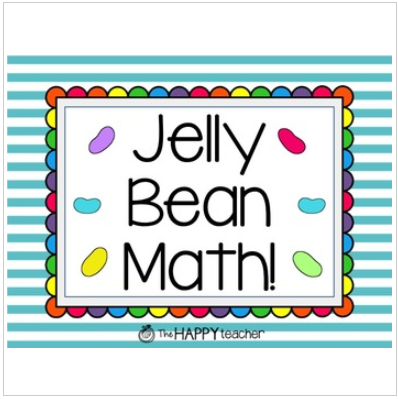
Intro to Part Part Whole
This video is a great way to teach the lesson at home and then follow up with the Jelly Bean Math freebie.
Jelly Bean Math Color by Number
The next freebie is a Jelly Bean Math Color by Number. It is easy addition and subtraction review from Sarah Eisenhuth. Thank you, Sarah.
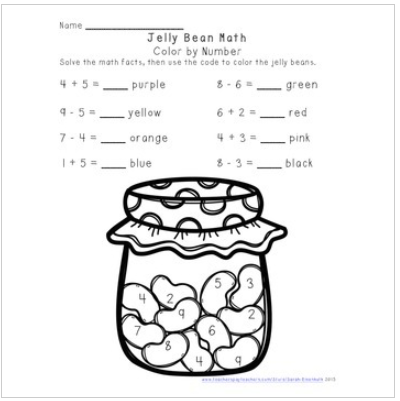
Digraph Jellybean Sort
Finally, a Digraph Jelly Bean sort from Lauren Cipriano. This freebie is absolutely adorable! Simply print out and laminate for an easy language arts center. Lauren has also included a recording sheet and an answer key for your convenience. The jelly bean jars are for /sh/ /ch/ /th/ /wh/. Thank you, Lauren!!! Love it!
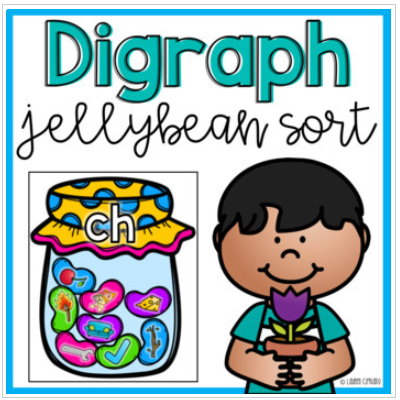
Geraldine the Giraffe learns the /sh/ sound
There are so many videos on YouTube that explore digraphs. I would like to introduce you to Geraldine the Giraffe from the UK. She is loved by kids of all ages. Young children laugh at her silly antics. There are many videos and include all of the digraphs in the freebie.
Final Thoughts
If you like these free resources please consider following these teacher creators. They are always developing new and cool things, for you and I, to share with young learners.
Thank you for taking the time to explore this blog. I hope these resources were helpful to you and your students. Jelly beans are fun and can be explored anytime of the year.
This post contains affiliate links; if you make a purchase, I may make a small commission at zero cost to you. THANK YOU!!
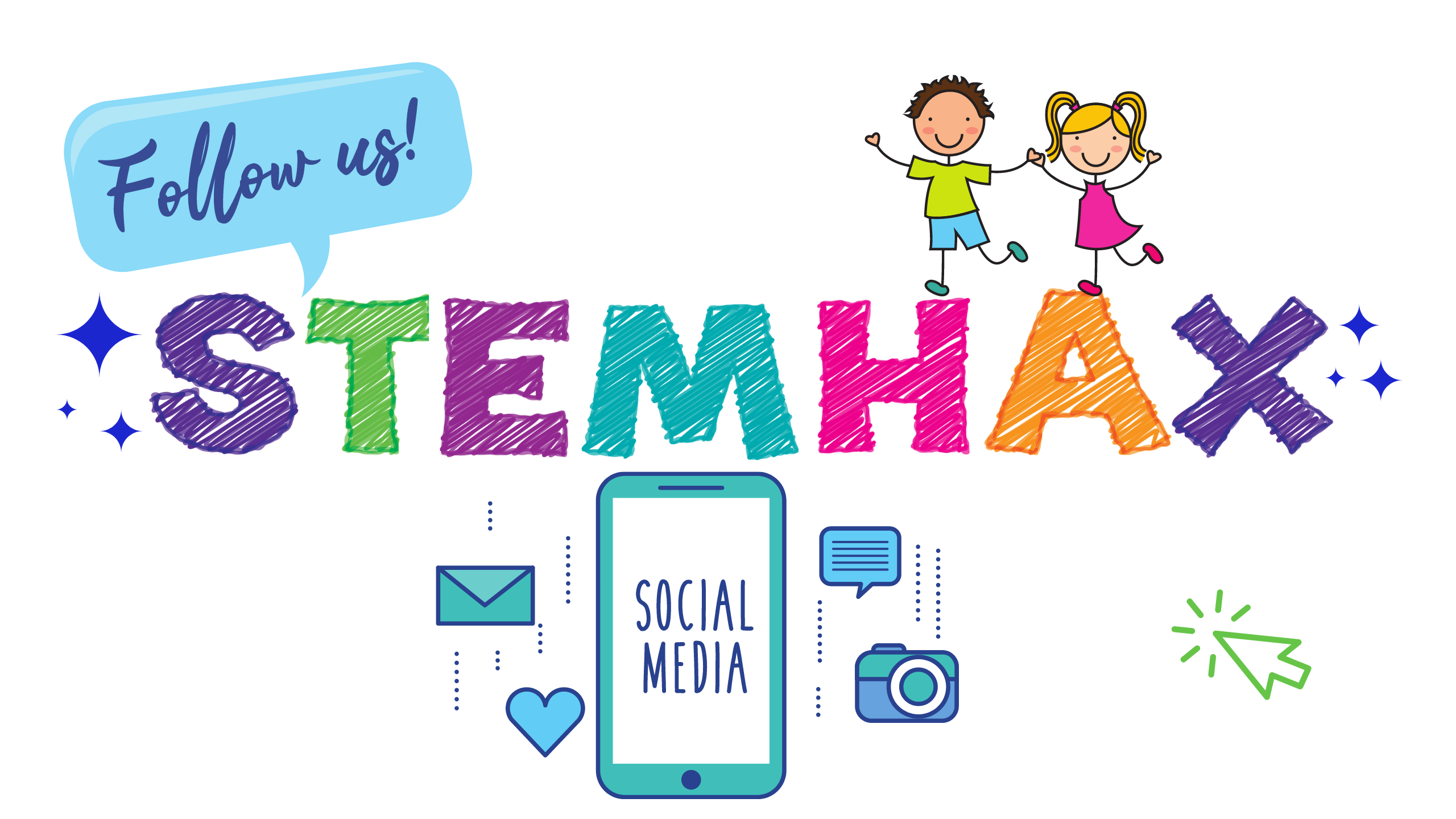
Join our e-mail list for new book spotlights, giveaways and more. We will never sell or share your contact information. Unsubscribe at any time.


